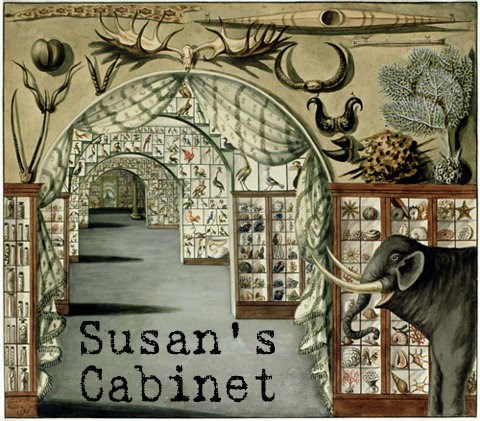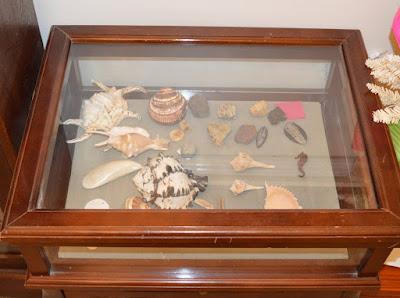During rainy times High Falls
is the next best thing to Niagara
Falls, High Falls Park (a DeKalb County park in Alabama) during an Eagle Awareness Weekend at Lake Guntersville
State Park
It’s just a short downhill
walk from the parking lot to a view of the falls and the natural arch carved
out by the flowing water. A pedestrian bridge crosses Town Creek a short
way upstream of the falls. This bridge was built in 1996 on the rock supports
of the original 1923 covered bridge which burned in the 1950’s. In addition to
providing excellent views of the gorge, the bridge leads to hiking trails
across the creek. You can also see a rope hanging from a tree upstream which
marks the spot where local churches performed baptisms.
We visited the falls another
time one September, while doing some geocaching, and at that time of year it was
practically dry. This enabled us to walk all over the rocks in the creek and
get a great view of the natural arch which is about 25 feet long and 35 feet
high. We did locate at least one geocache along the park’s hiking trails back
then.
The park encompasses 38 acres with several hiking trails, picnic pavilions, and a children’s playground. On my most recent visit I was happy
Be sure to keep track of closing time, which is 4 pm in the winter. I was watching the time and knew I still had 15 minutes left when a Sheriff nearly gave me a heart attack by blasting his siren at me when I was just a few yards away in the woods. I walked back to the road to find out what his problem was, but he drove back up to the parking lot. The few other people that had been there were gone and the old sheriff was hobbling across the parking lot to check on something. I suspect the lady waiting in his car was his wife. I think he was just in hurry to get the gates closed and get on home!
Sites along the road nearby:
You definitely need directions to find this park, although it’s not far from the turn off for Bucks Pocket State Park Huntsville . Address: 969 County Road 144, Grove Oak, AL 35975 (where CR 144 dead ends)














































